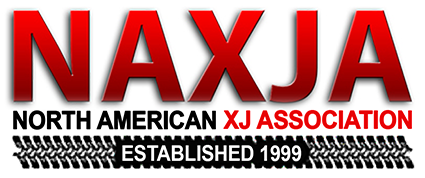- Location
- Westminster, SoCal
OK, one more Q..... Last time I did springs it was an AAL which made it easy to recenter the axle (front back recenter) as I had the old spots on the leafs...... now with the new leafs and shims I kind of guestimated.... do I measure from the bushing or just bulls eye it??? (8.25 rear end)
Kejtar
Kejtar
